Easy Ways to Reduce Kitchen Waste
Published Mar 23, 2019•Updated May 26, 2021
This post may contain affiliate links. Please read our disclosure policy.
Thanks so much for hanging out this week while we talk Spring Cleaning! Earlier in the week we hit on meal planning, meal prep, and kitchen organization, and today it’s all about reducing our kitchen footprint and ways to reduce kitchen waste. As Frank and I raise our three girls, we want to teach them to value what we have and cut back on what we waste. There’s always more we could be doing, but we’ve made a few small steps that have been moving us in the right direction!
1) Use Cloth Napkins and Dish Towels
Frank and I started using cloth napkins and dish towels right after we got married almost ten years ago and will never go back. It did cost money upfront, but we have seriously saved that money tenfold by not purchasing paper products. Our cloth napkins are a bit frayed at the edges, but we’ll keep using them until they fall apart. We don’t have nice ones we save for guests or special occasions – we just use and wash them all week long for all of our meals. We keep them where the girls can reach them.
We have two sets of dishtowels and probably keep a lot more of them around than we would if we used paper products. Nicer, newer dish towels are used for most everyday tasks. I keep an older, beat-up set of towels in the back of the drawer and those are what we use for really messy tasks (where we otherwise might use paper towels) like wiping down dusty outdoor furniture or wiping up the kids’ paint / markers / crayons / glue.
In every house we’ve lived in, we have found a spot for a laundry basket in the kitchen – in the pantry, under the sink, or in a kitchen closet. When we’re done with napkins or dish towels, we toss them in that basket and add them into other loads of laundry when the basket is full.
It takes about five minutes to fold the cloth napkins and dishtowels and put them away a couple times a week. (And wouldn’t Marie Kondo say that’s time well spent?) Molly and Clara now do a lot of the napkin and dish towel folding (!).
2) Shop with Reusable Containers
For many years, I’ve used mesh bags when I shop for produce at the grocery store or farmer’s market and cloth bags for all of my groceries. Good reusable grocery bags are sturdy enough to be run through the washing machine, so they stay clean and last forever.
More recently, I’ve started using my own containers to shop at bulk bins and for meat / seafood. It takes a bit of advance planning, but means I come home with almost no plastic. Mason jars, plastic lids, and erasable markers are my BFFs for this!
The only thing you need to know is that you have to get a tare weight written on your containers before you use them in the bulk bins, for nut butters, or for prepared foods. Just go to customer service and have them weigh them and put a sticker on them before you fill them. At the deli, prepared food section, or seafood / butcher counter they can subtract the weight from your total right there.
- Bulk bins – Use your own Mason jars for oats, chocolate covered pretzels, granola, all purpose flour, nuts, dried fruit, chia seeds, etc. Use an erasable marker to write the code right on top of the jar.
- Nut butters – Use those in-store grinders to grind almond and peanut butter directly into Mason jars. Use an erasable marker to write the code right on top of the jar.
- Seafood / Butcher – Bring a container for your seafood and meat. They can usually just weigh your container before adding the items you need. Just make sure that these have a tight well-sealed lid so that you don’t drip meat juice all over your car!
- Deli or Prepared foods – Bring your own containers and have them weigh your containers at the counter before adding the food. Usually they can weigh them right at the deli or prepared food counter. If using the salad bar, make sure to go to customer service and have them weigh your container before you use it.
Whole Foods is probably the best about letting you bring your own containers, but most stores will accommodate them now. It seems like every time I do this, someone in line comments on what a good idea it is and a way to reduce kitchen waste!
3) Compost
For many years I’ve been kicking myself for not setting up a place to compost in our backyard, but I can’t ever seem to get my act together to do it. Then I saw a compost truck drive by our house and realized that there are services for this popping up all over! Some cities now provide it as a public service. Ours is a private service and costs $25 / month. They pick up our bucket of compost every week. We hardly put anything down the garbage disposal now (it all goes into the compost bucket), and I feel great about the whole thing. Our service even brings the nutrient-rich compost back to us twice a year and we add it to the garden.
4) Have a Meal Plan
Over the years, having a meal plan and creating a grocery list from that plan has prevented us from wasting so much food. I wrote all about it earlier this week in this Meal Plan for a Month post. We only buy what we need and, if we stick to the meal plan, we use everything up by the end of the week. Thanks to Cook Smarts (I work for Cook Smarts, but I drank the Kool Aid on this smart way of planning / prepping long before I was hired), most weeks we only use one type of fresh herb and one type of cheese. Often grains and meats get cooked once and used twice so very little goes to waste.
Please share here in the comments or join the conversation on Instagram! What did I miss? What are other ways we can minimize our kitchen footprint and reduce waste?
*This post contains affiliate links*
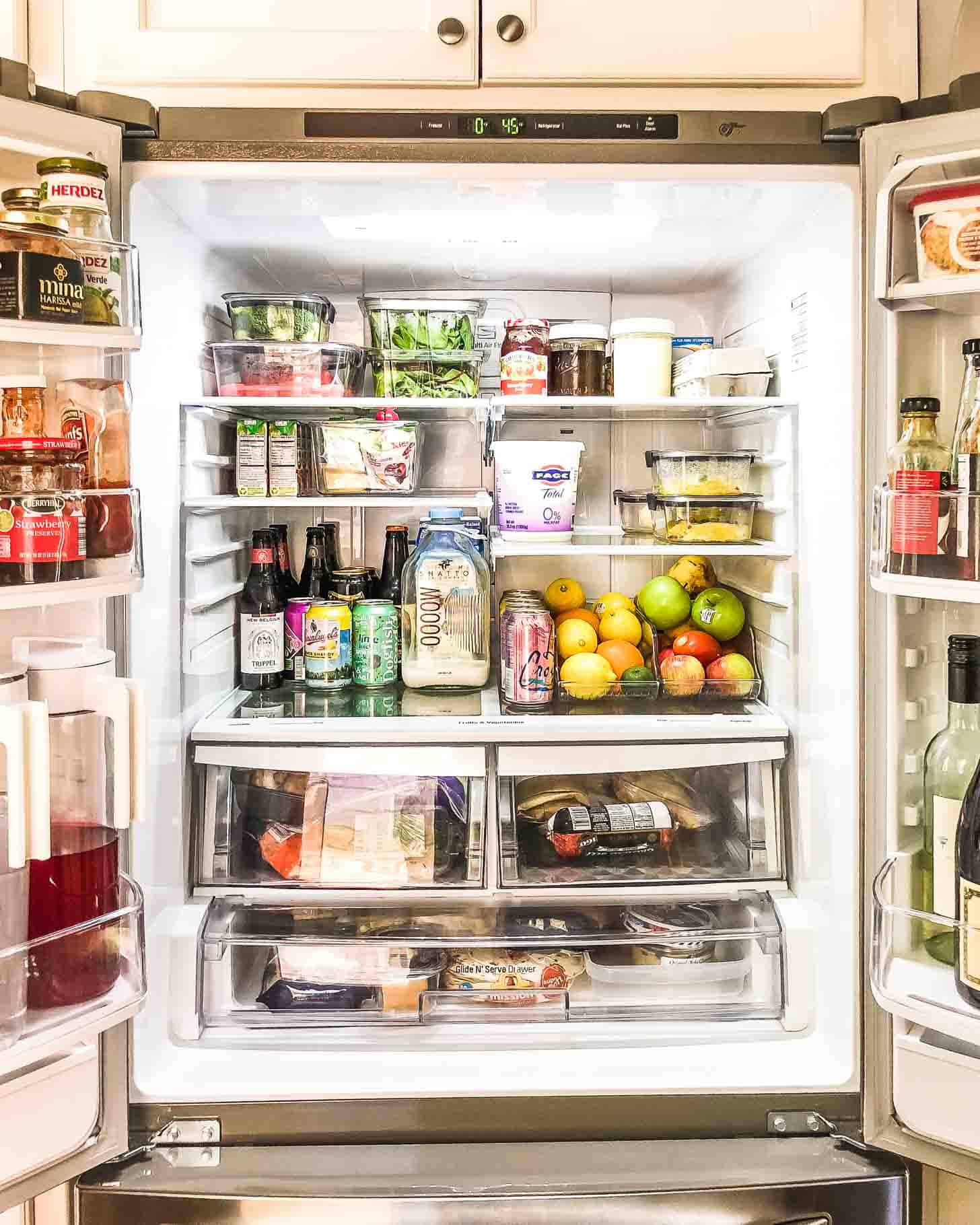
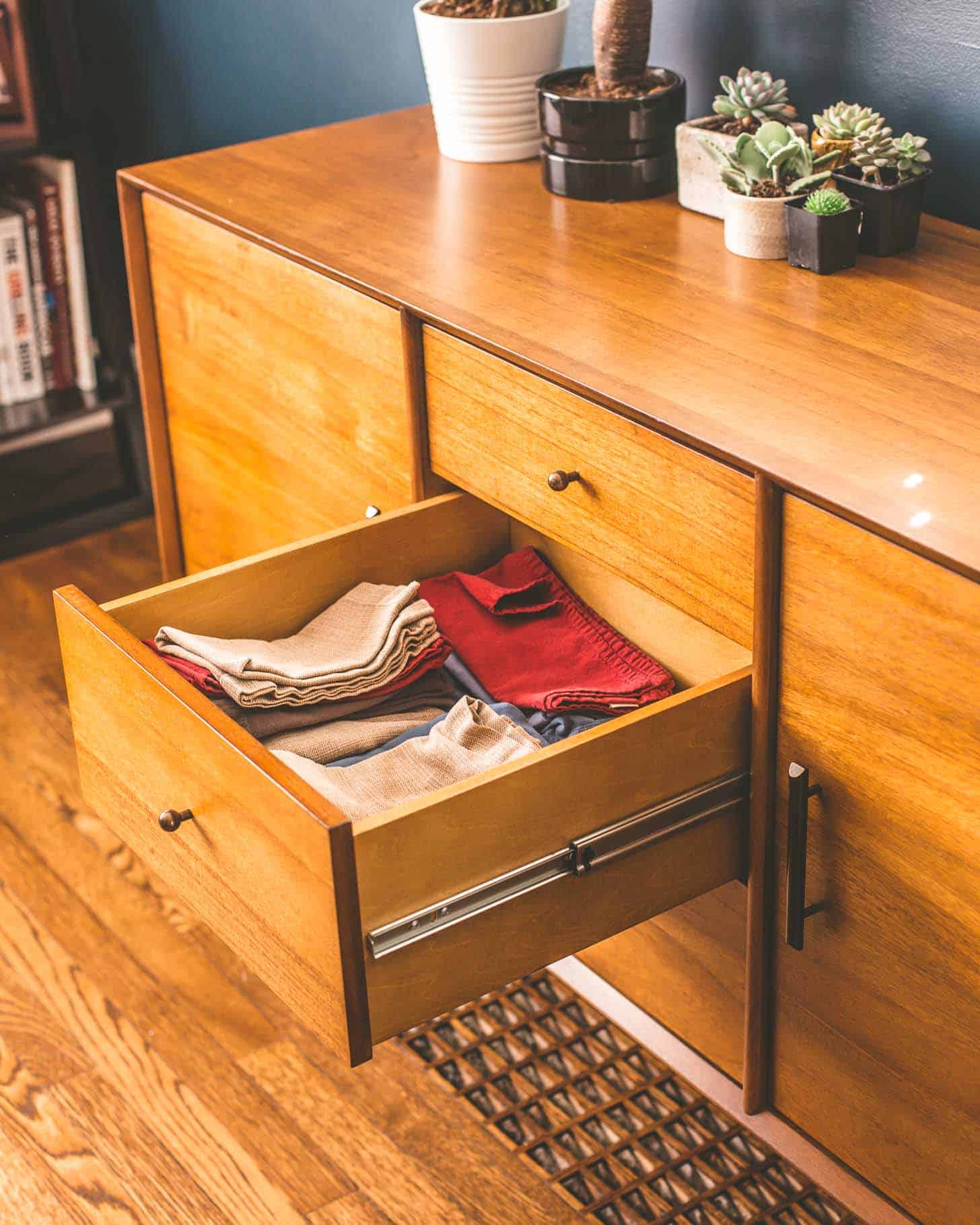
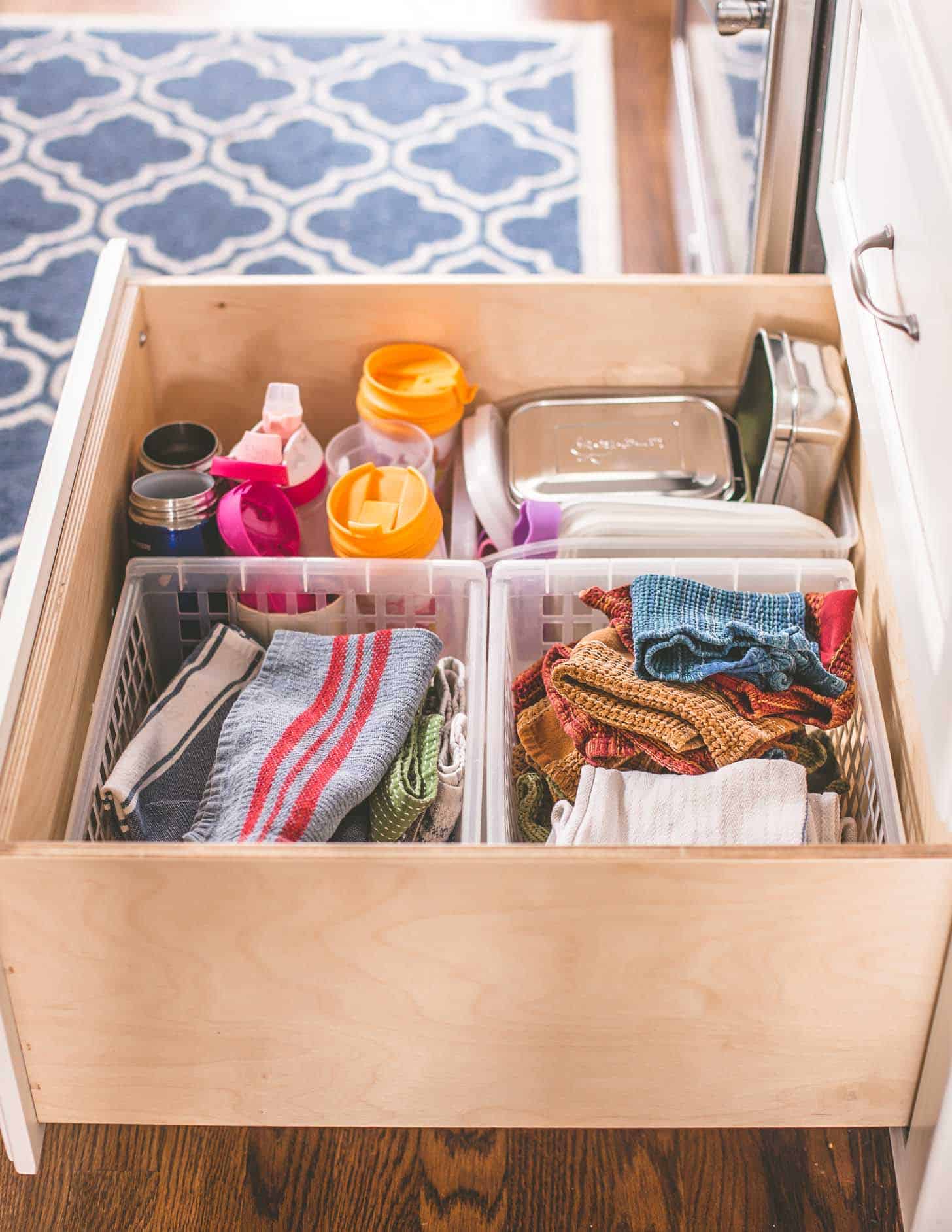

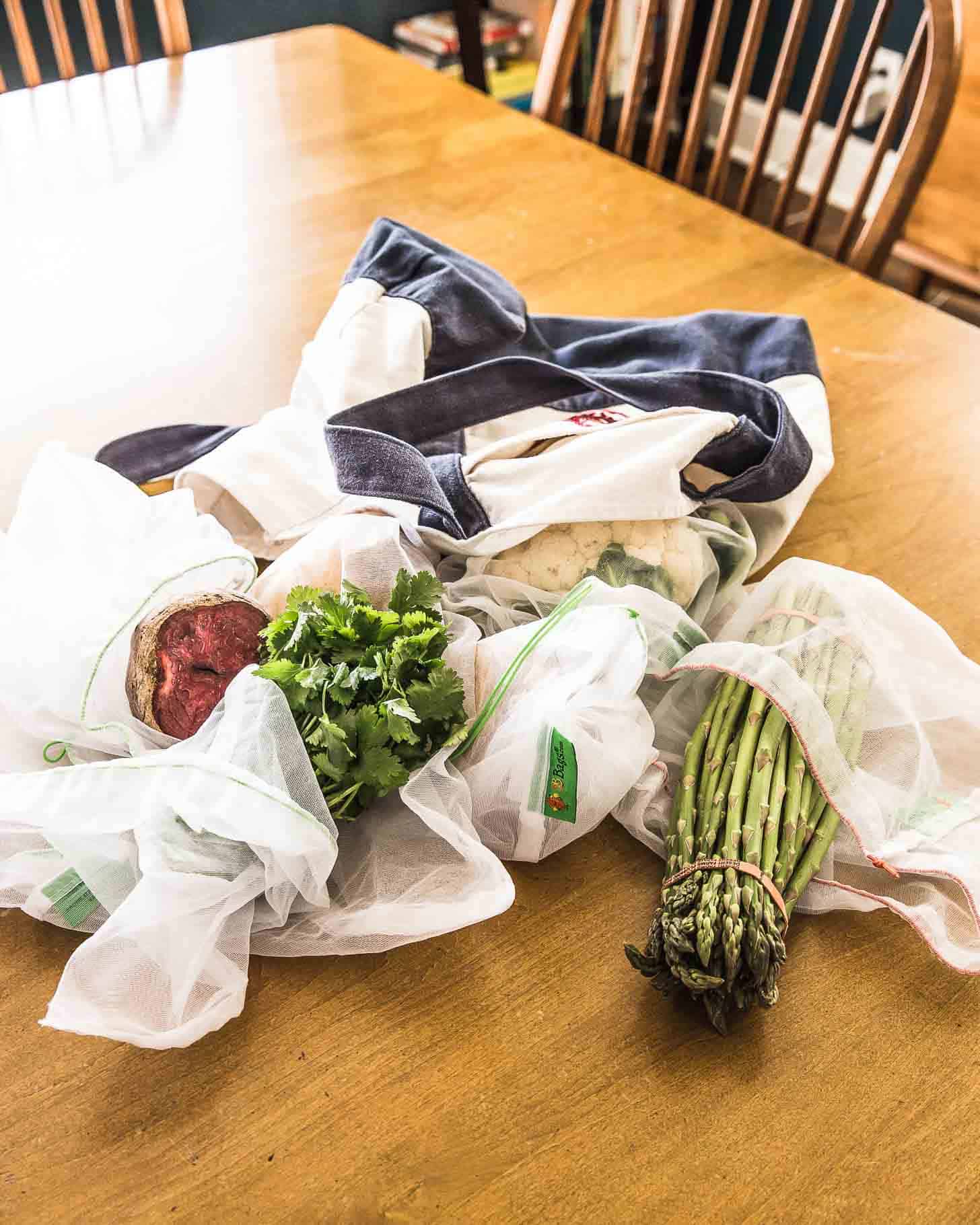

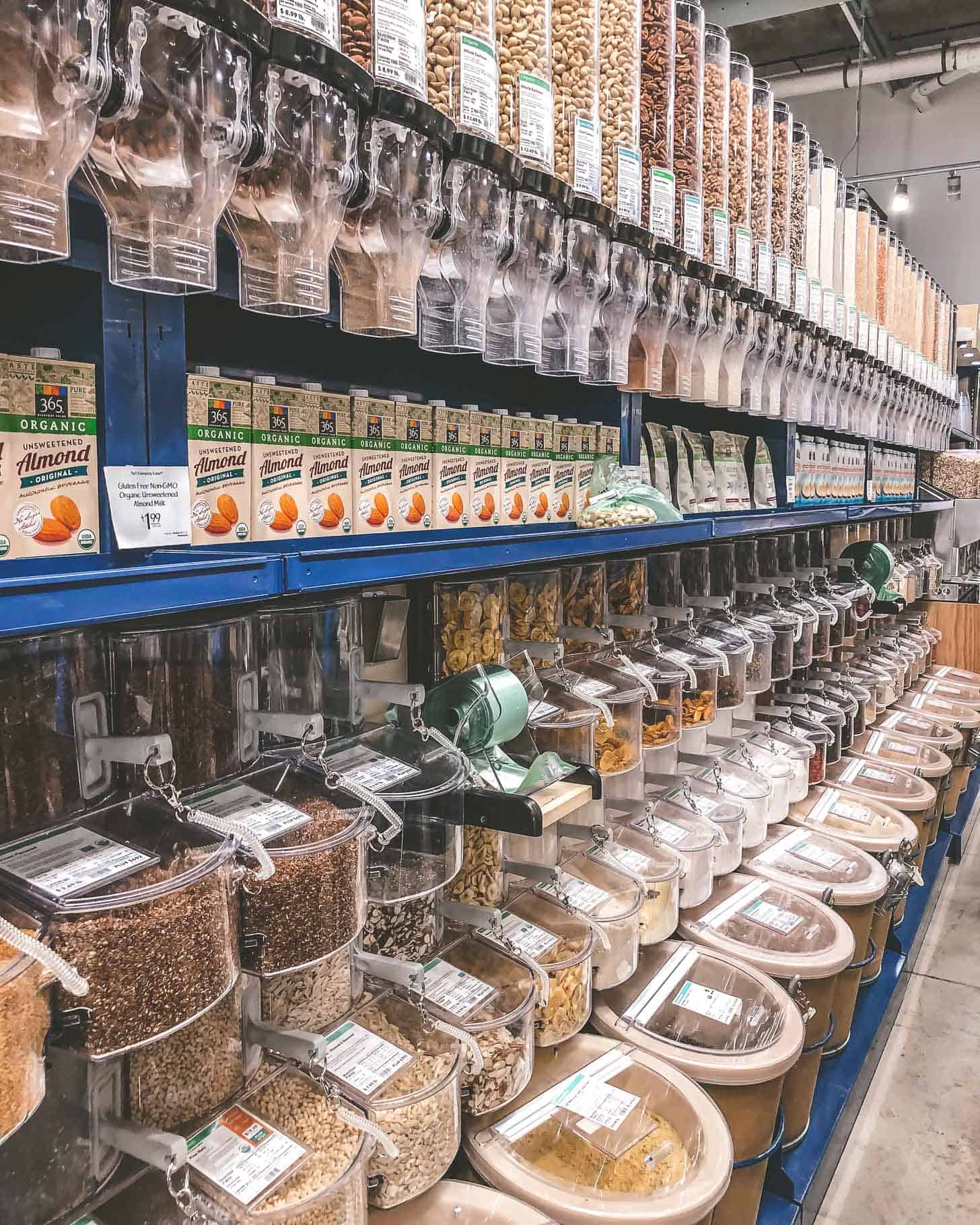
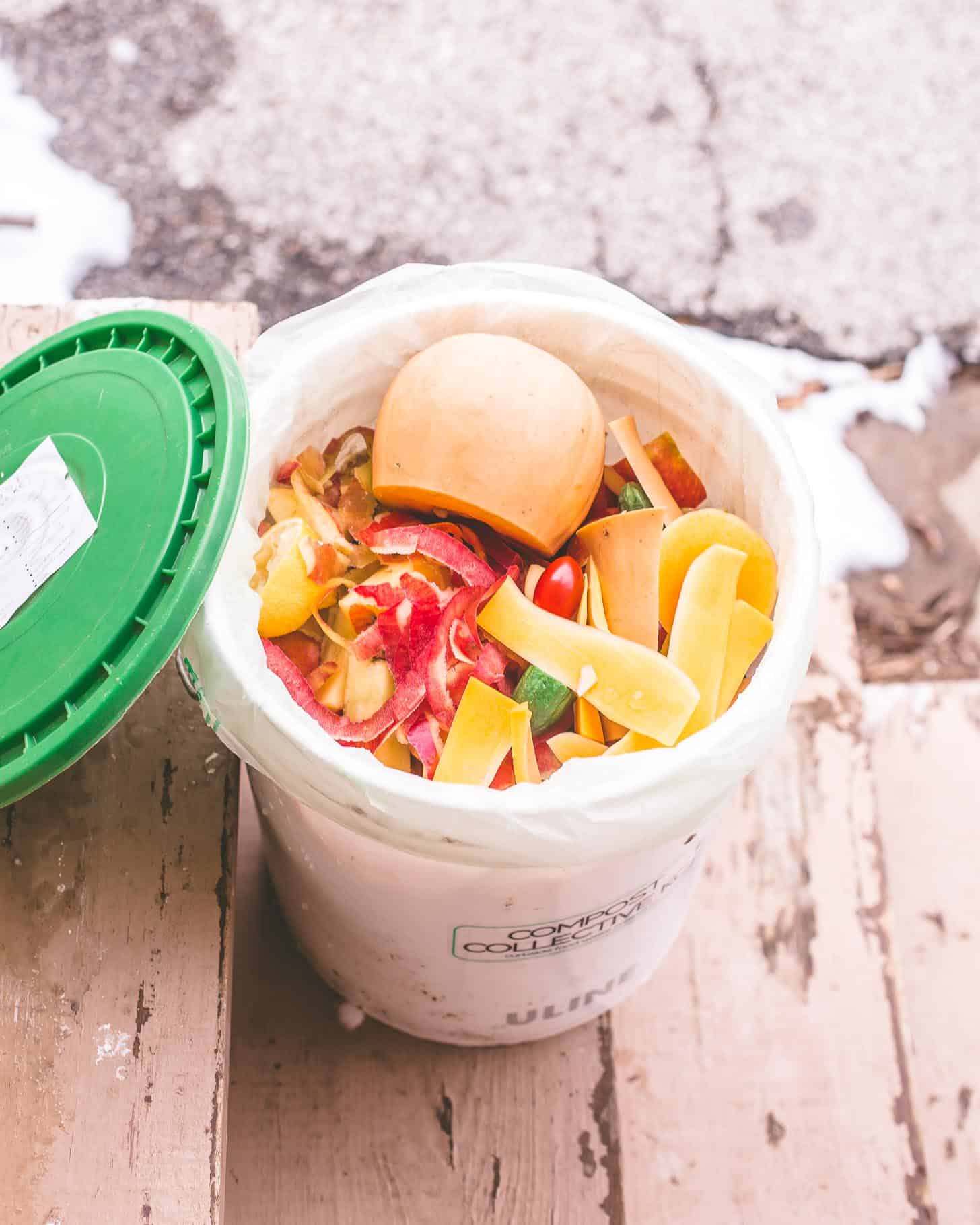
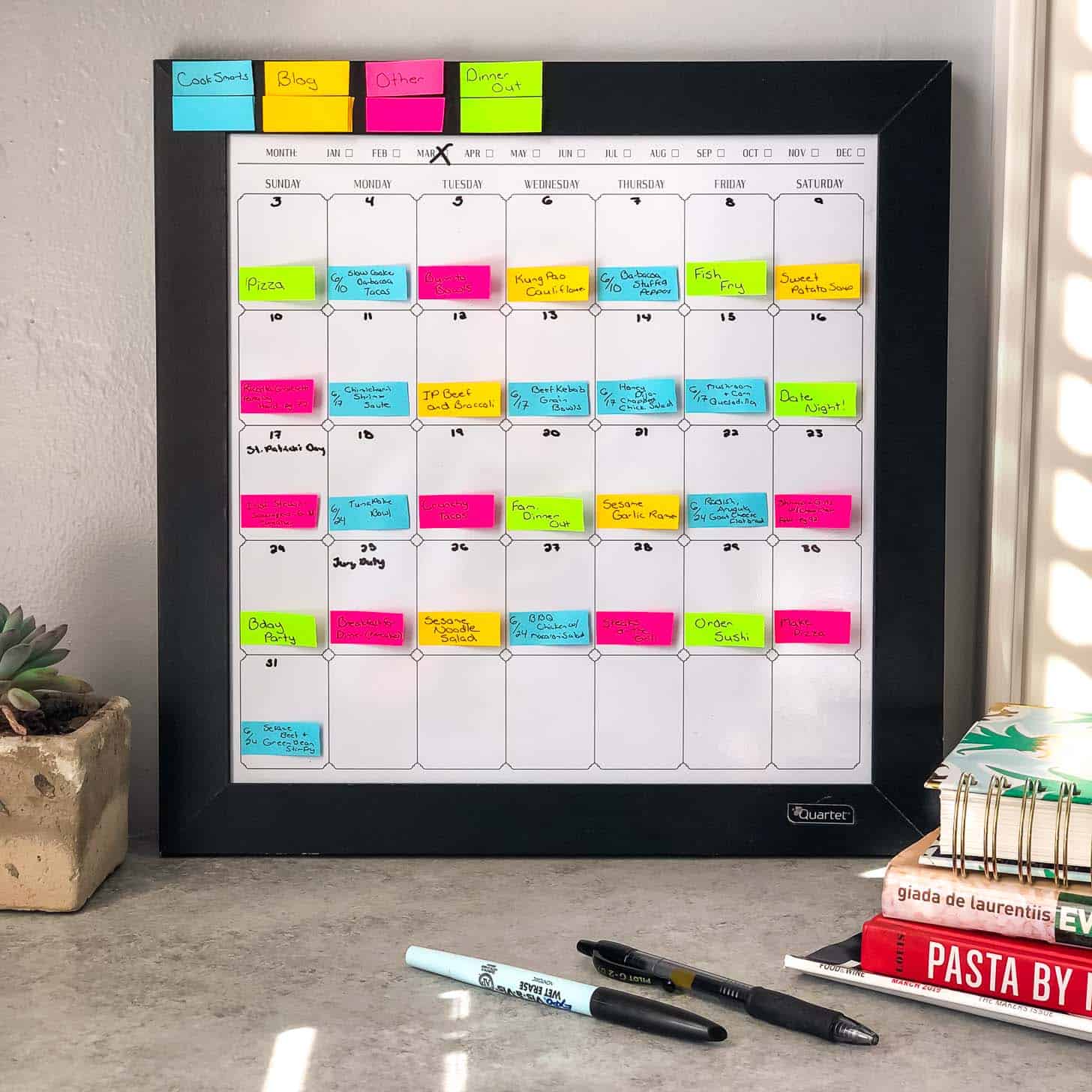
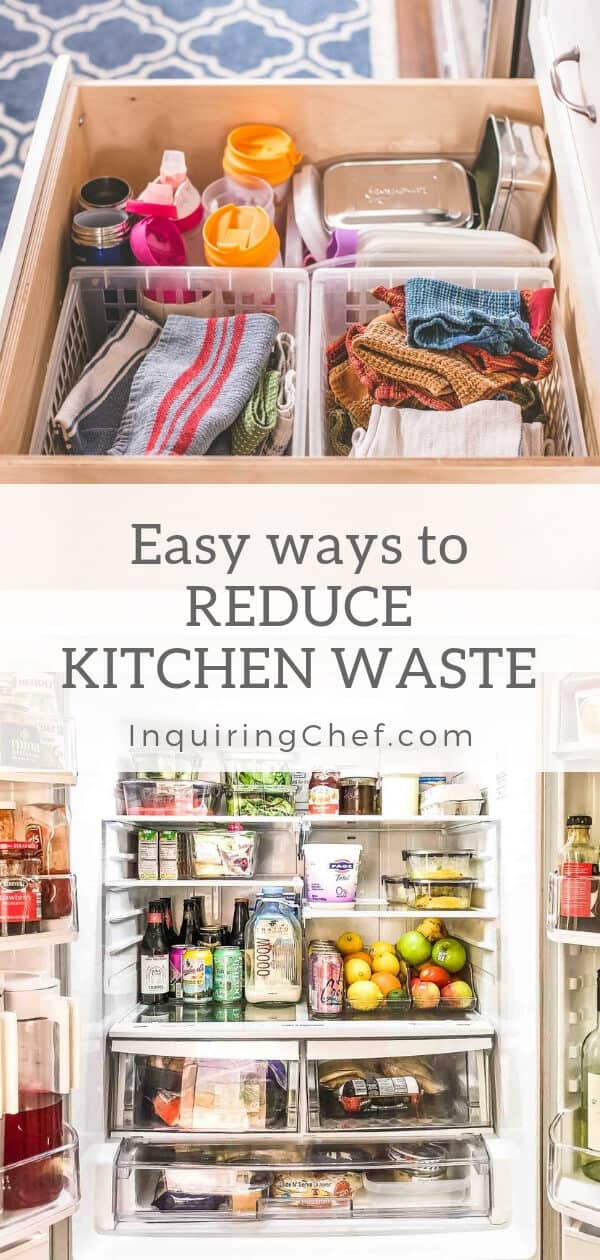

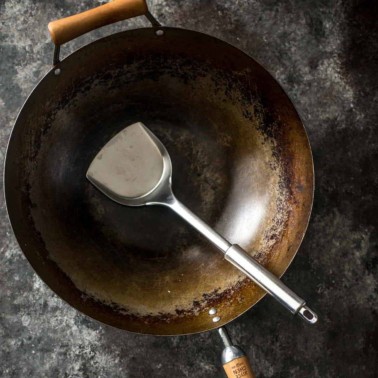
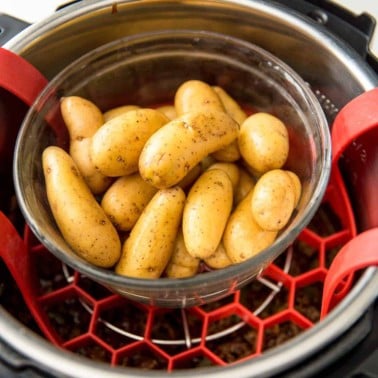









I have read your post. Thanks for such a nice post, It’s really informational.
Great post! yes, it is helpful to keep the kitchen well organized. thank for sharing this wonderful post.